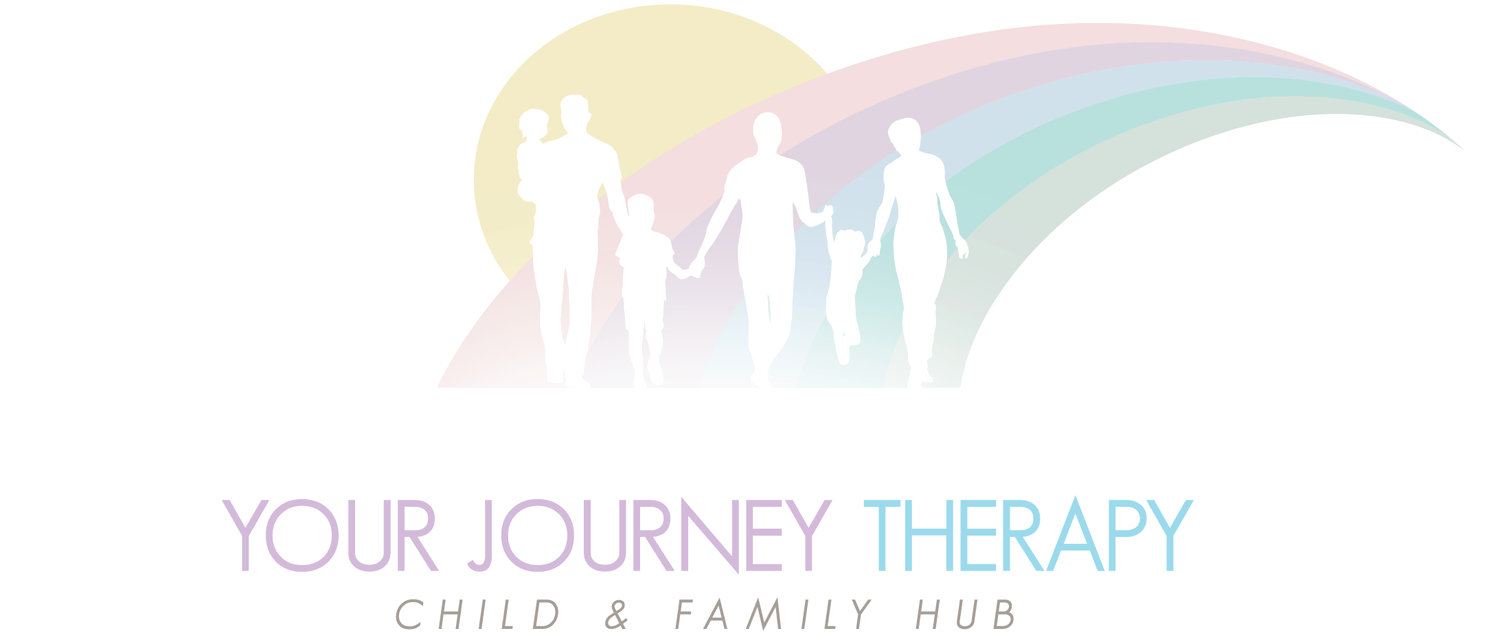Allied Health Assistants (AHAs) play an increasingly important role in supporting children’s speech and occupational therapy. When working alongside your child’s speech therapist or occupational therapist, AHAs can help enhance therapy sessions, providing additional support and helping to maximize your child’s development.
What Do AHAs Do in Speech and OT Therapy?
AHAs work directly with children during therapy sessions under the supervision of a registered Speech Pathologist or Occupational Therapist. Their role is to follow the specific therapy plan created by the senior clinician, assisting with exercises, activities, and strategies that have been tailored to your child’s needs. This team approach allows the supportive work to be consistent and intensive, helping children practice skills more effectively within each session.
Working Independently During Sessions
In many cases, experienced Level 2 AHAs are capable of working independently during therapy sessions without the presence of the senior therapist. As long as the AHA is a Level 2 and has the appropriate experience and training, they can deliver activities and exercises independently, following the treatment plan. The senior therapist generally provides initial training, ongoing oversight, and regular review sessions to ensure the support remains accurate and effective.
How does the AHA team approach work?
The AHA’s involvement is backed by regular updates and communication with the supervising therapist. They hold scheduled review sessions with the senior SP or OT to ensure that your child continues progressing smoothly through their individualized therapy plan. This ongoing collaboration helps maintain the quality and accuracy of therapy, ensuring your child’s developmental goals are met effectively.
Are Supported Interventions Still Accurate and Effective?
Absolutely. Despite AHAs typically having lower rates than fully registered therapists, supports provided by AHAs are still of high quality when supervised properly. The senior therapist remains actively involved—conducting initial assessments, reviewing progress, and writing comprehensive reports. They liaise with the AHA to make sure treatment strategies are correct and suited to your child’s evolving needs.
Cost-Effective Support
Utilizing AHAs for routine aspects of therapy can be a cost-effective way to deliver support. The lower rates for AHAs make regular therapy sessions more accessible, while the senior therapist’s involvement ensures all interventions are accurate, targeted, and effective.
Why Use AHAs in Speech and OT?
Integrating AHAs into your child’s therapy team provides several benefits:
- Increased frequency and consistency of practice.
- More individualized support during sessions.
- The ability to extend therapy beyond the clinician-only sessions into home programs.
- A team approach that ensures continuity and quality of care.
Conclusion
Allied Health Assistants are valuable members of the therapy team, supporting children’s speech and development effectively alongside senior Speech Pathologists and Occupational Therapists. When experienced Level 2 AHAs are involved, they can work independently during sessions, providing accurate and effective support under appropriate supervision. This team-based approach enhances progress, improves access, and helps your child reach their goals in a supportive, cost-efficient environment.




